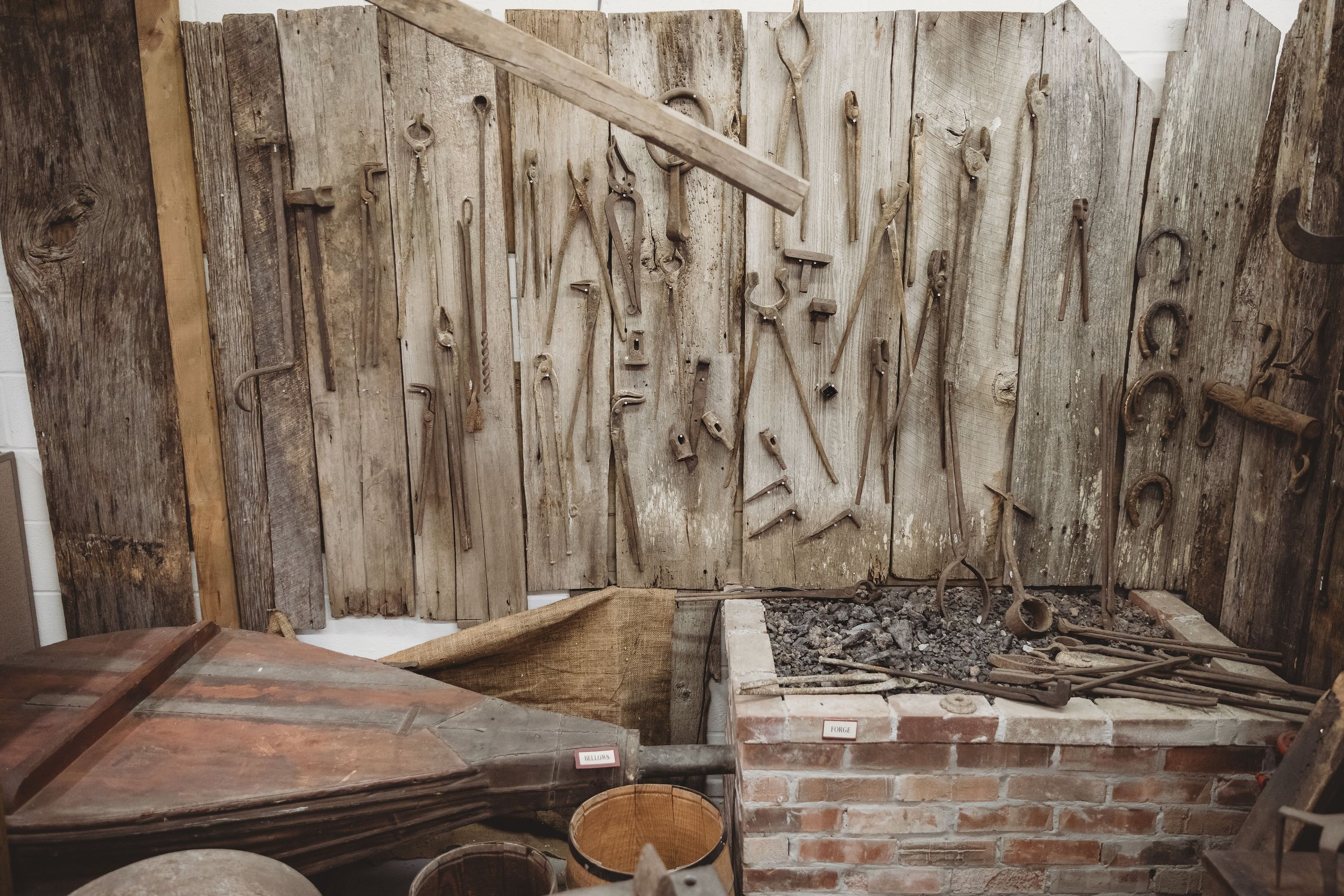
Our Mission: To make the history of Sumner County meaningful and attractive to a broad audience by collecting, studying, exhibiting and interpreting collections through educational programming, special exhibits, publications and research.
Our Vision: To be a vibrant cultural, social and econimic centerpiece of Sumner County while being regarded as a leader in preservation and top tourist destination.
Our Core Values: Preservation, Education, Building Community
The Sumner County Museum was founded in 1975 by John Garrott, Robert Ramsey, and others who were passionate about preserving the history of Sumner County. Since then, the Museum has welcomed thousands of visitors to engage with and learn about the rich history of Sumner County.
Our History:
The Sumner County Museum’s story began in the 1970s, thanks to John Garrott, a local businessman with an incredible passion for Sumner County’s history. Garrott wasn’t just a history enthusiast—he was a collector with a trove of artifacts and memorabilia, all connected to the area’s past. As his collection grew, he saw a way to bring Sumner County’s history to life for everyone. Around the same time, Robert Ramsey, another local figure, decided to invest in something that would let Sumner County’s stories be seen and shared. Between Garrott’s collection and Ramsey’s financial backing, they had the foundation of a museum.
Initially, the museum found its home at Trousdale Place on Main Street, with the gracious help of the United Daughters of the Confederacy. These six dedicated women allowed Garrott and Ramsey to create a space at the back of the property to house these artifacts. While construction was underway, the upper rooms of Trousdale Place became temporary storage. In return, the museum team rolled up their sleeves, helping maintain the historic home by mowing the lawn, installing new windows, and even reinforcing the foundation. A bit of history was preserved on both sides as the front porch, added to the house in 1879, was replaced with a smaller porch for safety.
By 1975, five years of hard work and dedication led to the official incorporation of the Sumner County Museum, Inc., with over 125 signatures marking this milestone. During these early days, names like Dr. Hal Ramer, Walter Durham, Marvin Farris, and Hugh Love were among those guiding the vision alongside Garrott and Ramsey. Together, they organized committees for finance, membership, and property, with Durham taking on publicity. Garrott and Ramsey took the time to craft the museum’s bylaws, and by June 26, 1977, the first official museum meeting took place at Trousdale Place, where the bylaws were unanimously approved. There was also a unanimous vote to elect the first Executive Board: Ramsey, Durham, Love, Garrott, Mary Zelle, Betty Malone, and Glen Hackett. The officers were elected as follows: Garrott as President, Love as Secretary, and Ramsey as Treasurer. A new office of Vice President was also created, with Carey Rutledge elected to fill this position.
In those early years, the museum was free to visit. Then, in 1979, the doors opened five days a week, welcoming everyone from Wednesday through Sunday. By then, Danny Tomlin had taken charge, helping organize exhibits and manage operations.
July 1979 marked the start of a new chapter as the building fund campaign kicked off, led by Marvin Farris. The community rallied, raising an impressive $43,000 in just a few months and surpassing their $100,000 goal in 1980. This achievement led to the construction of the museum building, designed to echo a carriage house, maintaining a historic look fitting for its purpose.
Throughout the years, the museum has had the guidance of dedicated directors, including David Lassiter, Jane Shepard, Troy Hawks, Donna Smith, Allen Haynes, and others. Under their care, the museum has continued to grow with remarkable exhibits. Visitors today can see everything from Gallatin’s first fire engine to a functioning tinsmith shop and a blacksmith area. Exhibits cover everything from the War Between the States to Vietnam, honoring local contributions to military history.
The museum has also kept history alive through community events, like Night at the Museum, Songs & Stories, the Spirits of Sumner Historic Haunts Bus Tour, and the popular Candlelight Cemetery Tour—a tradition since 1997 thanks to Barbara Parker and Donna Smith who envisioned a night of stories told by “ghosts” of Sumner County’s past. This tour remains a beloved, sold-out annual event, drawing visitors of all ages to Gallatin City Cemetery.
Today, the Sumner County Museum spans nearly 10,000 square feet and houses exhibits that bridge prehistoric times to modern history. Visitors can explore artifacts and displays covering Native American culture, blacksmithing, transportation, farming, homestead life, and more. It’s a space where history lovers, families, and curious visitors can come together to appreciate and connect with the past that shaped this community.

Current Exhibits
Main Floor
Native American, Fossils, Long hunter, Bledsoe and Greenfield Fort Artifacts, Woodworking Shop, Early Laundry, Blacksmith Shop, Early Textiles, Tinsmith, Armory, Pinnacle and Bell, Early Medicine, Roxy and Palace Theater, Photography, Interurban, African American, Music and Entertainment
Second Floor
Early Schools, Computer, Telephone, Early Home, Toys, Wars- Civil, WWI, WWII, Vietnam & Clothing
Lower Floor
Fire Engine, Vehicles, Sumner County Drive-In, Crash Brown, Moonshine Still, Printing Press, Farming Tools and Machinery
